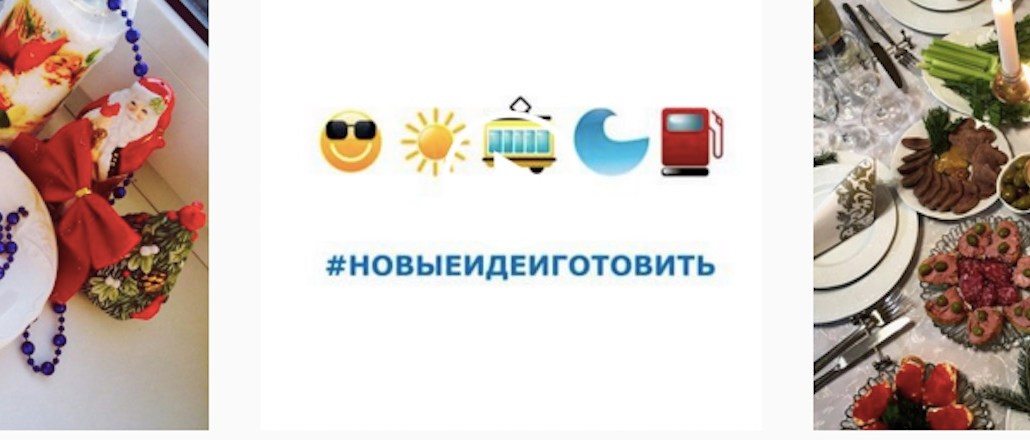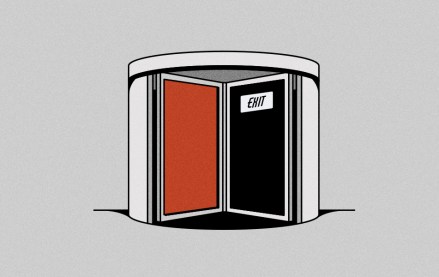
Even the most creative chefs can turn any ingredients into a succinct recipe. Now try that with emojis.
Ikea, ever the inventive company with equally puzzling furniture assembly instructions, asked its 48,000 followers on Instagram to share ideas for new recipes, but the caveat was that they were only allowed to use five emojis. The winning combinations were turned into 15-second videos.
Ikea asked people to post pictures of their favorite plates (they didn’t have be from Ikea) with a mixture of emojis in the caption for its #новыеидеиготовить (“new ideas for cooking” in English) campaign.
“It was a great opportunity to cook delicious dishes from the most extraordinary ingredients: Not from food, but from a variety of emoji. Right from smartphones,” said a release from Ikea Russia. The campaign was to promote its “rentable kitchens” in Moscow and St. Petersburg, where customers can rent kitchen spaces and take cooking classes.
To interpret the puzzling array of emojis, Ikea worked with Russian food bloggers to comb through the 300 submissions and make 20 videos that were posted on its Instagram account.
Emojis were interpreted pretty creatively. For example, olive oil was used when someone proposed the tram emoji (because trams need oil) and the tornado emoji was interpreted as whisking. So a chicken, clouds, snowflake, tornado and squirrel combined to make brownies (with nuts), in this example below.
More in Marketing

Pitch deck: How Amazon is recasting Twitch as a core part of its CTV pitch
Amazon is positioning Twitch as a defining asset in its CTV ambitions.

Netflix transforms former mall department stores into experiential venues
The location in Dallas opens this week, and one at the King of Prussia mall near Philadelphia opened last month.

Future of Marketing Briefing: AI has created a new talent paradox in programmatic agencies
The job isn’t execution anymore. AI handles that. The job is judgement.





